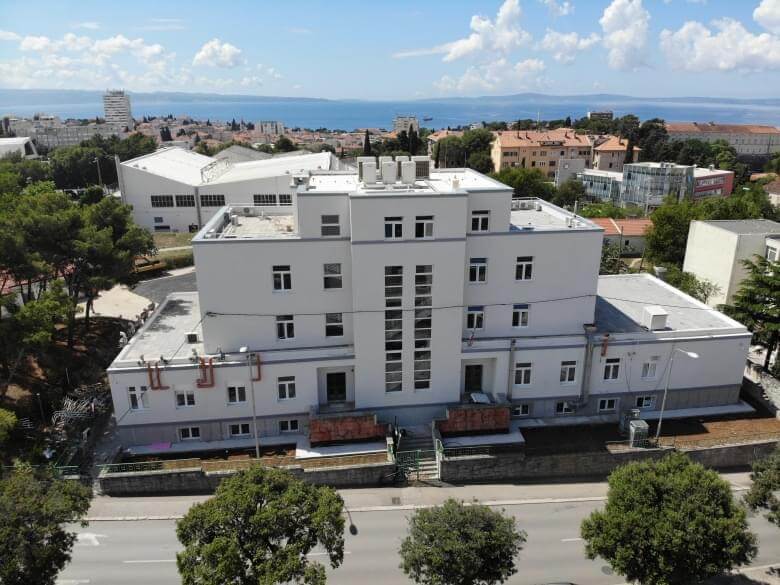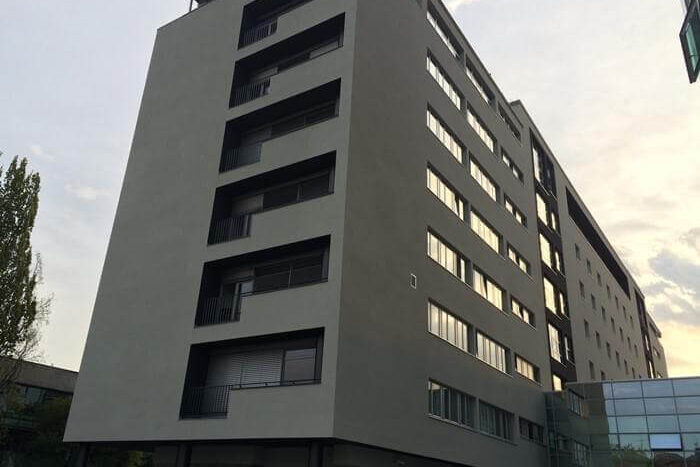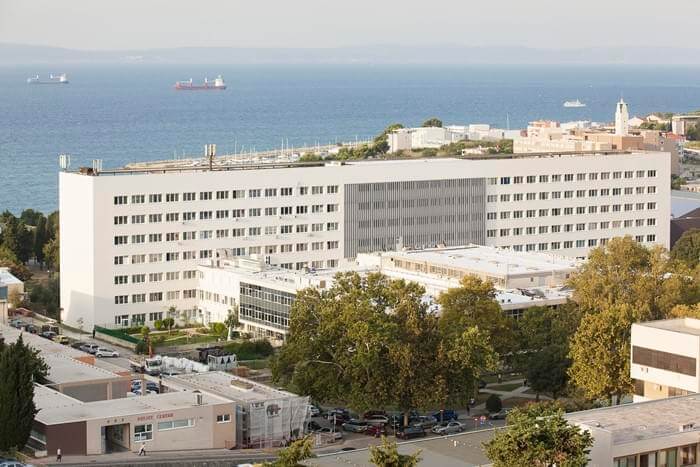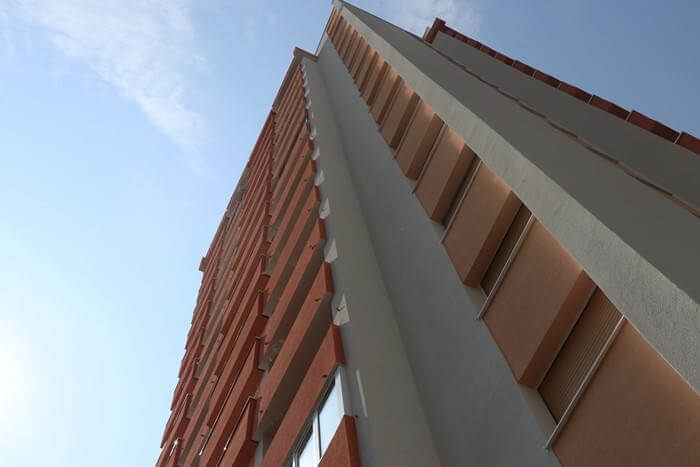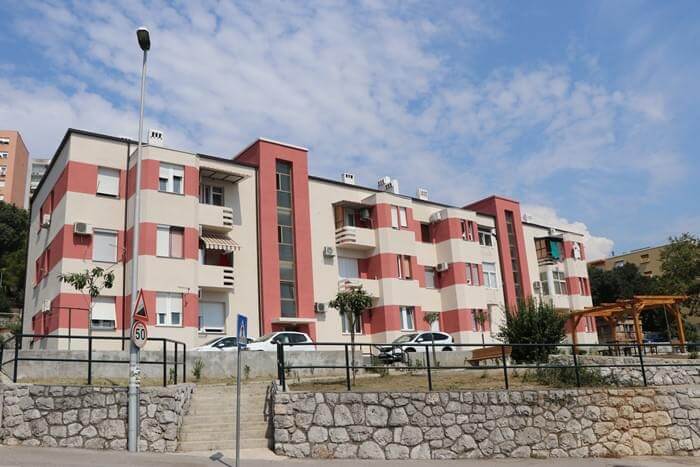Energy renovation
The term energy renovation means increasing the thermal protection of the outer building envelope, replacement of external windows and doors, and the replacement or improvement of the heating/cooling system, but also measures for the use of renewable energy sources. The choice of measures depends on the energy condition and type of building, the way it is used, and its location, and it is ideal to apply multiple measures to ensure their synergistic effect and a significant reduction in energy consumption. The goals of a well-integrated system are to improve energy efficiency, i.e. lower annual heat consumption and the related reduction in CO2 emissions 2. By improving the thermal characteristics of the building envelope (facade, joinery), transmission and ventilation heat losses are reduced and the expected energy savings for heating and, primarily cooling, are achieved.
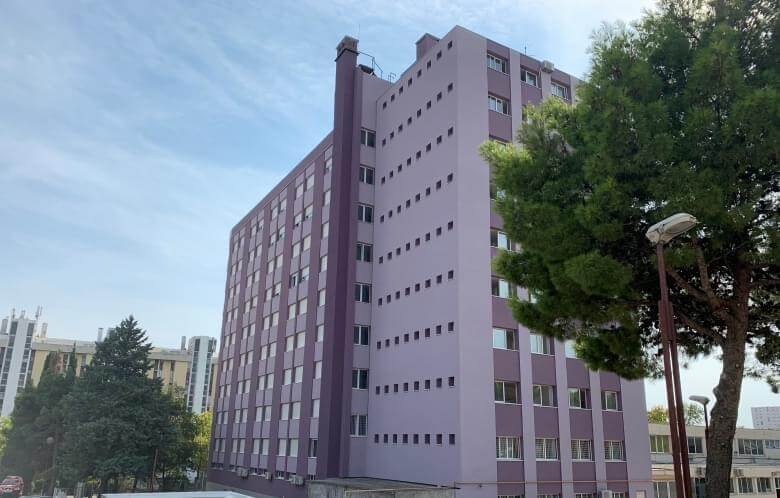
Most of the existing buildings were built at the end of the eighties and have little or no thermal insulation, which is why they are large consumers of energy and belong to energy classes (E, F, or G). By implementing energy renewal measures, various benefits are achieved, such as:
- energy consumption, which is reduced by up to five times
- carbon dioxide emissions are significantly reduced
- the comfort of living and working increases
Energy renovation of a facility (building) represents the greatest potential for energy savings on existing buildings, and, at the same time, it is an opportunity for their thorough modernization. We lose the most energy through the facade, so it is extremely important to properly dimension and install thermal insulation on all external walls. By using modern thermal insulations and standards, it is possible to reduce the consumption of energy for heating and cooling. The thermal insulation of the building reduces heat losses in winter, overheating in summer, and protects the load-bearing structure from external conditions and great thermal stresses. A thermally insulated building is more comfortable to live in, its lifespan is extended, and it contributes to environmental protection.
One of the most common ways to meet the requirements of energy-saving and thermal protection of external walls is the use of a connected system for external thermal insulation – the facade system ETICS – constructed on-site and consisting of factory-produced parts. All system components are selected depending on the specifics of the system and the base. In order to ensure their functionality, the perfect coordination of system components, professional planning, and execution with the use of top materials are important.
The facade system ETICS is supplied by the manufacturer as a complete system and contains at least the following components adapted to the system:
- mortar for gluing and/or mechanical fastening
- thermal insulation material
- mortar for the reinforcement layer
- glass mesh
- finishing decorative plaster.
Energy renovation projects return the investment through savings, with the added benefit of increasing the quality of life and comfort of living in buildings, as well as the safety and reliability of energy systems. It is precisely the interventions on the outer building envelope, which include better thermal insulation of walls, roofs, and floors, as well as the replacement of joinery or the repair of thermal bridges, that can achieve great energy savings. Energy efficiency in buildings includes a number of different areas of heat and electricity savings, with the rational use of fossil fuels and the use of renewable energy sources in buildings, wherever functionally feasible and economically justified. Due to the high energy consumption in buildings, and, at the same time, the greatest potential for energy and environmental savings, energy efficiency is a priority of modern architecture and energy today.
As much as 34% of the world’s total energy consumption is consumed by apartment buildings.
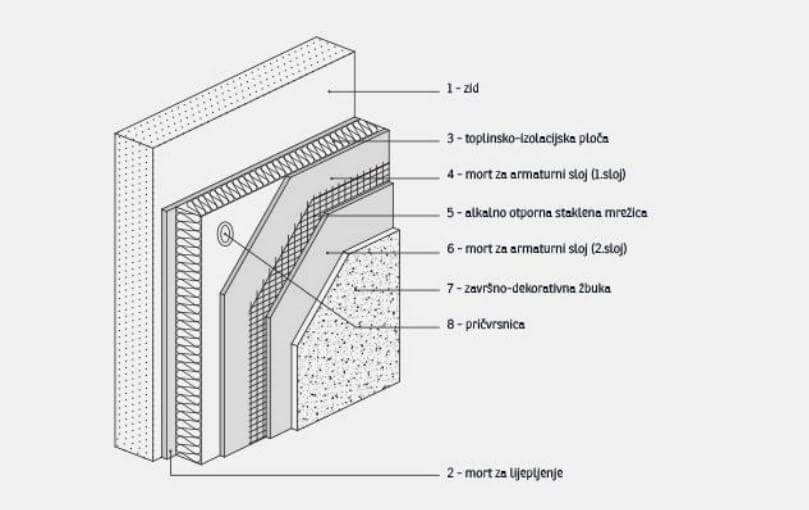
PROJECTS
